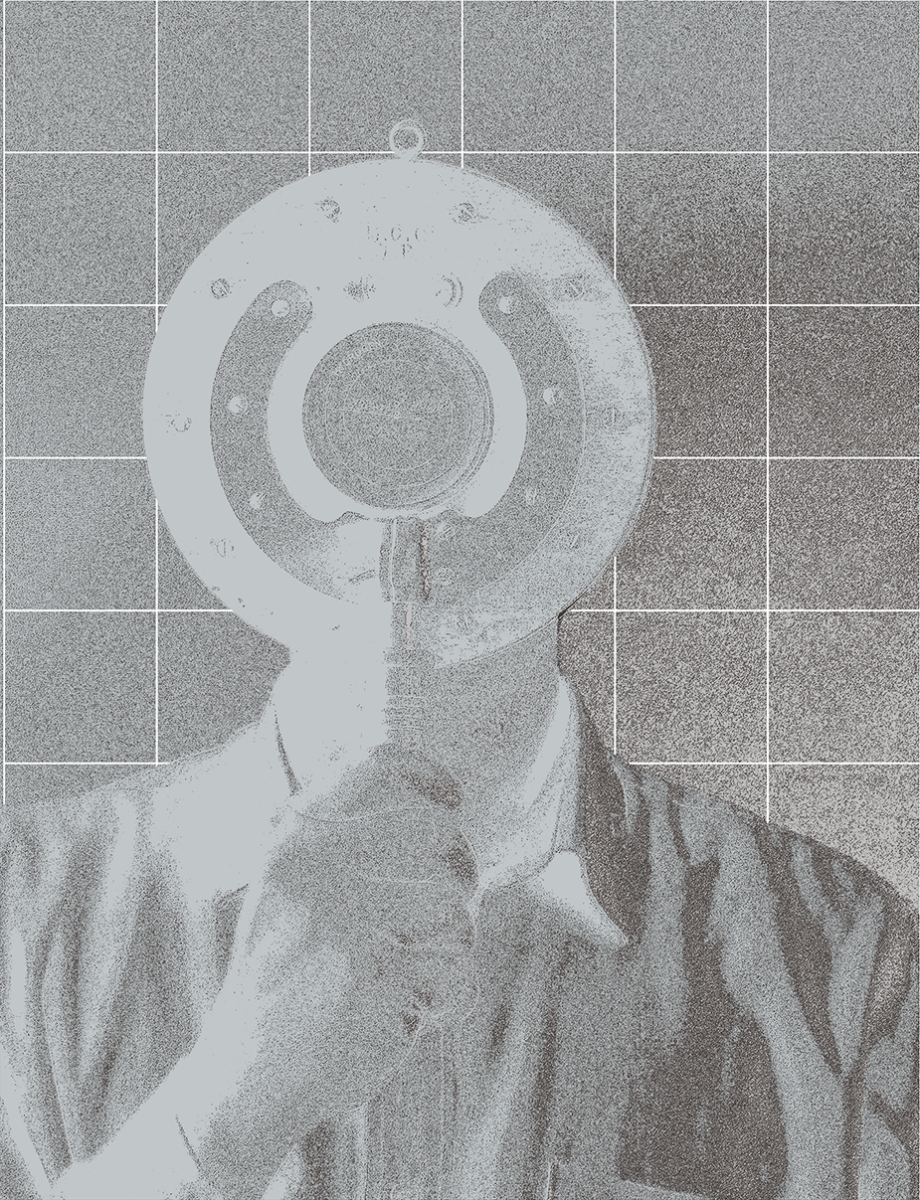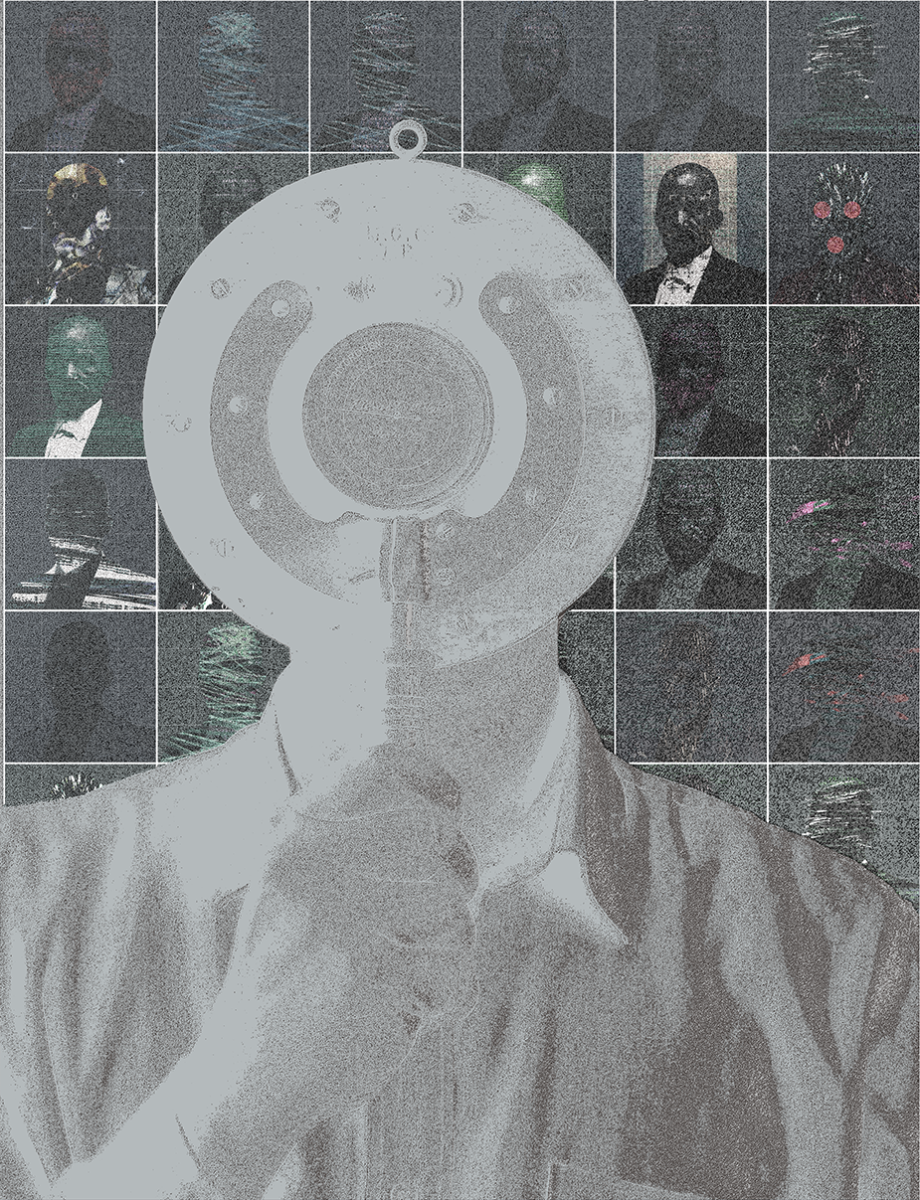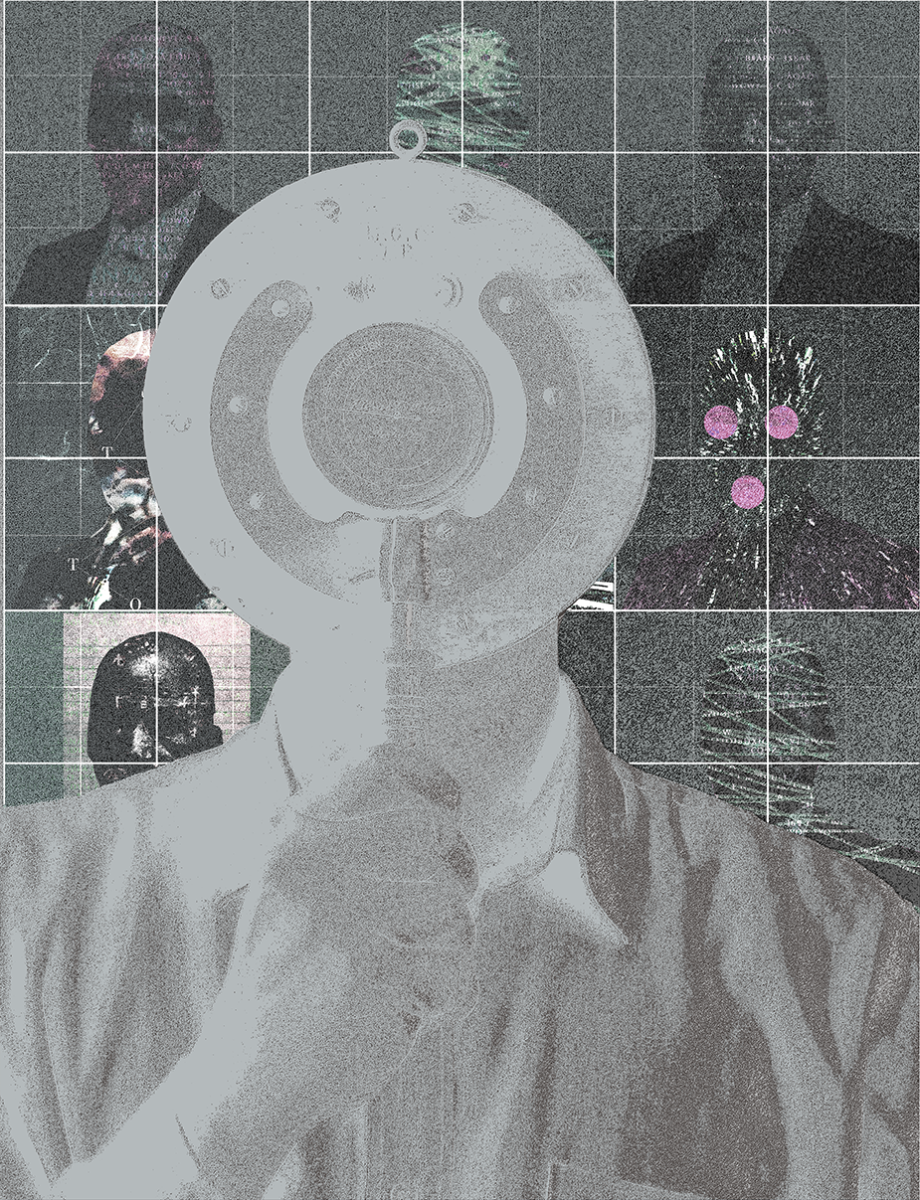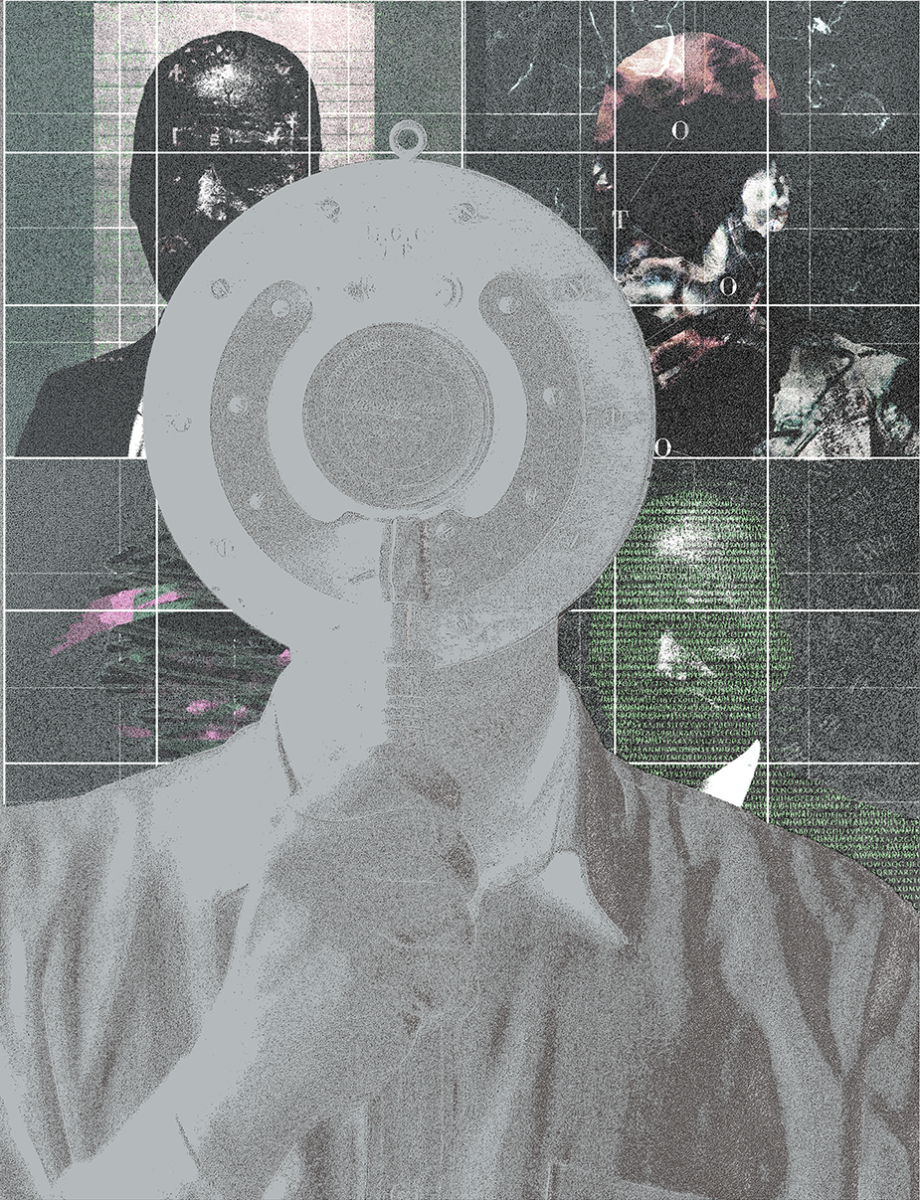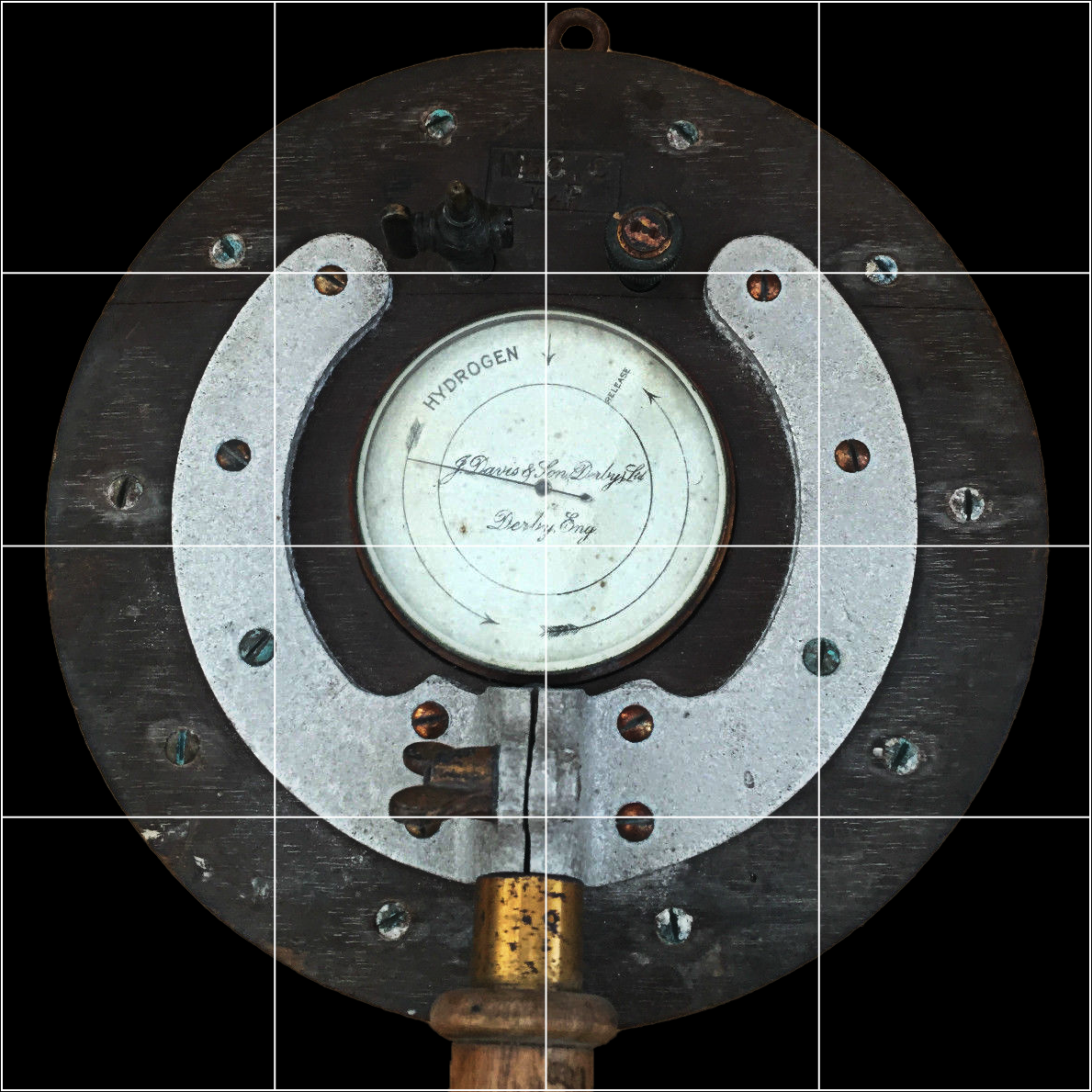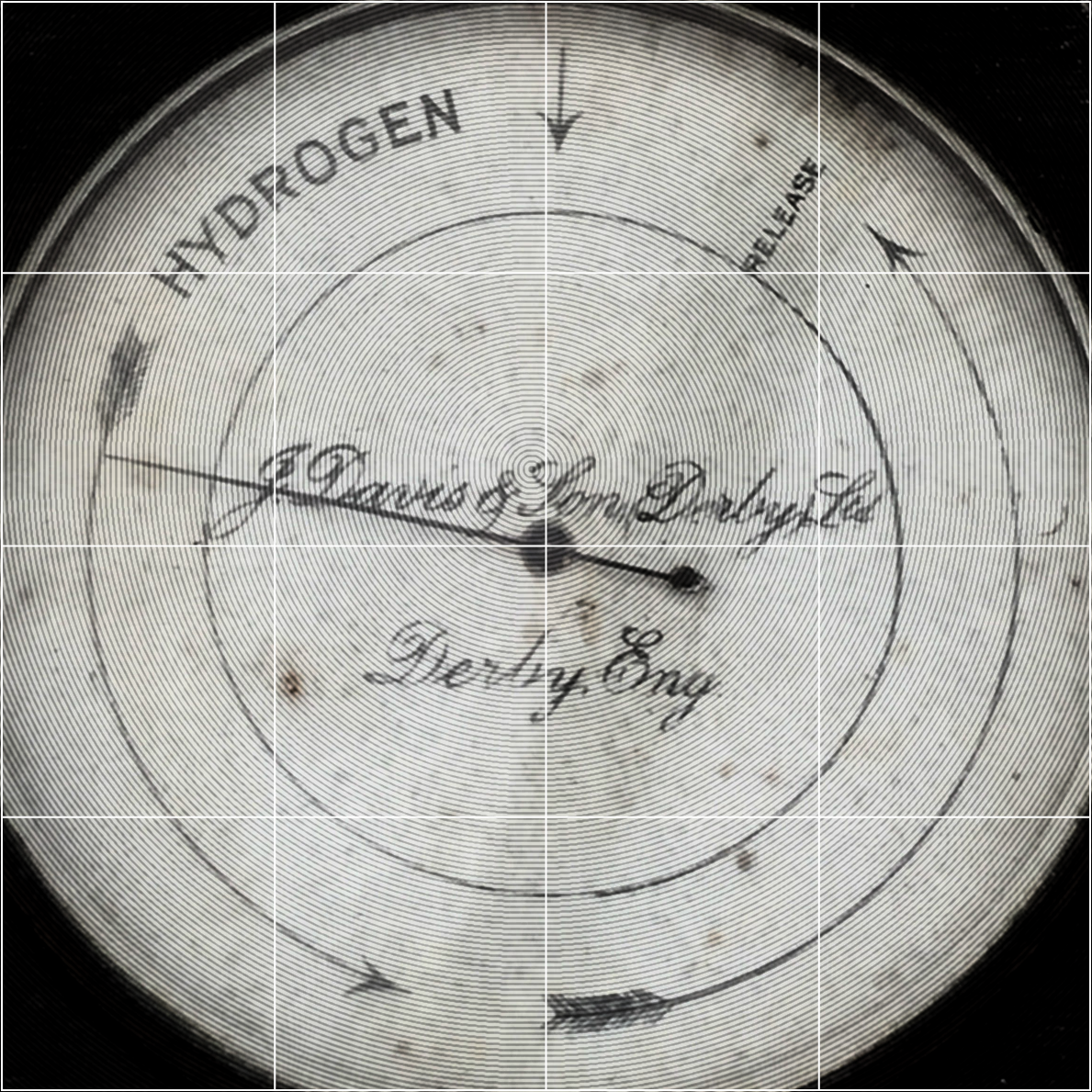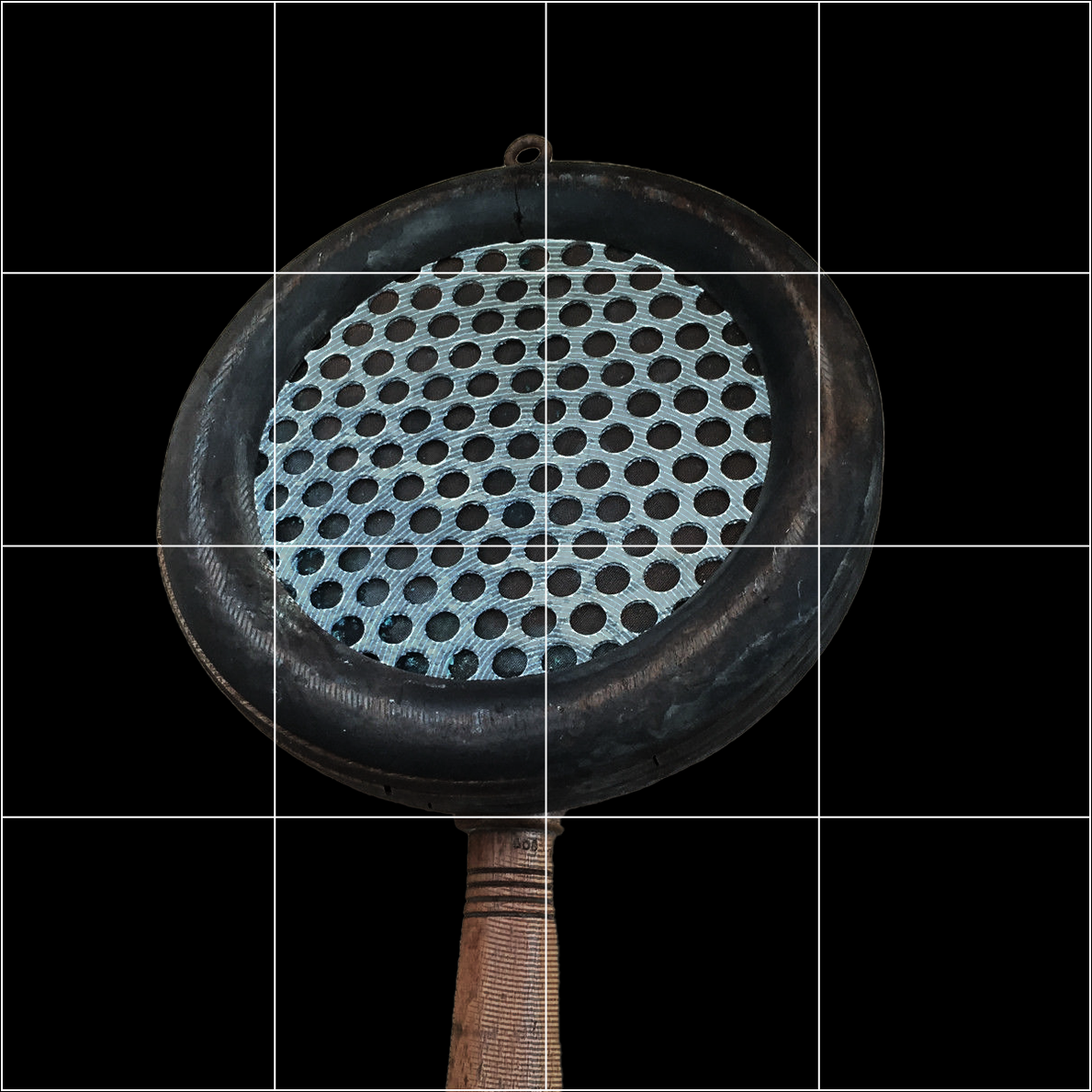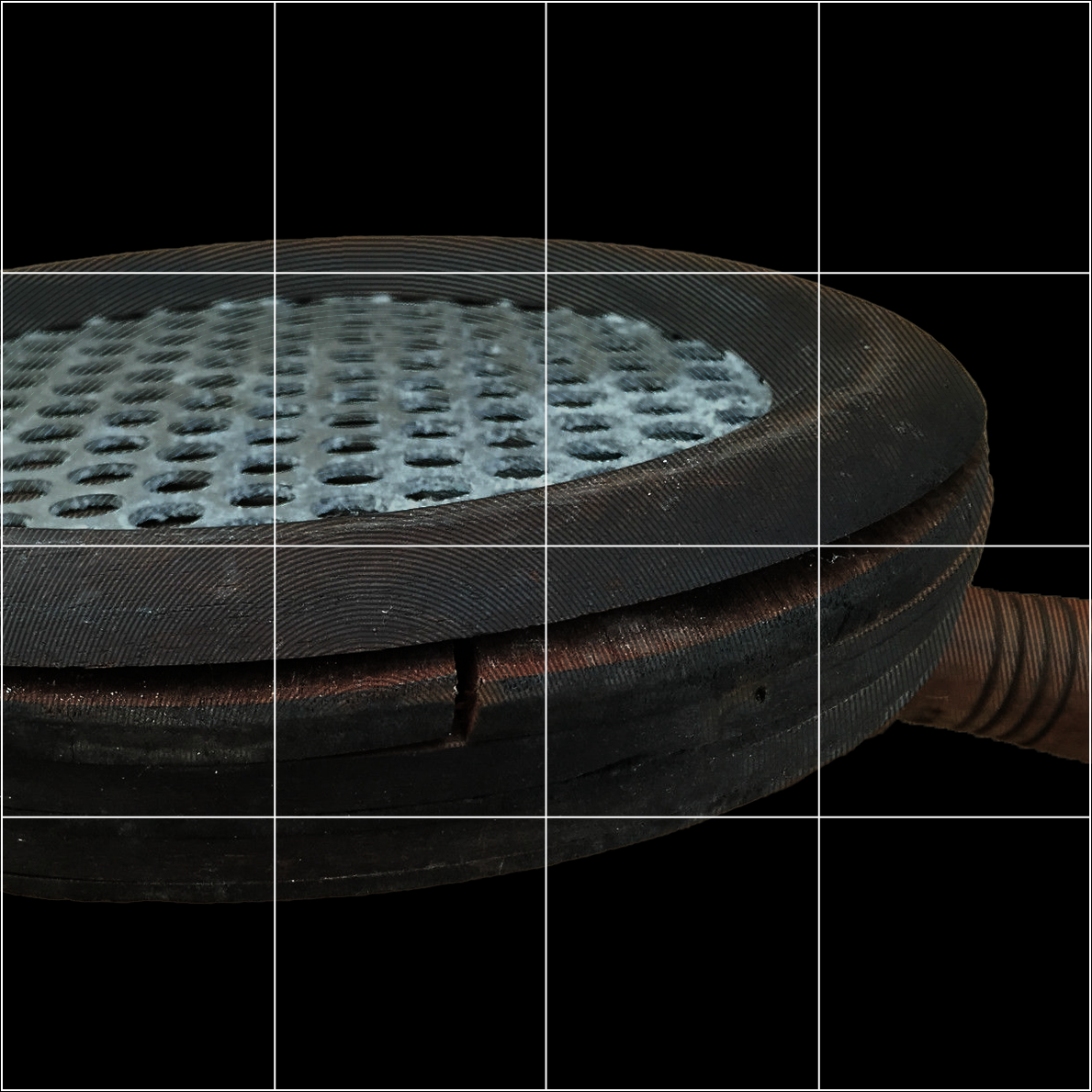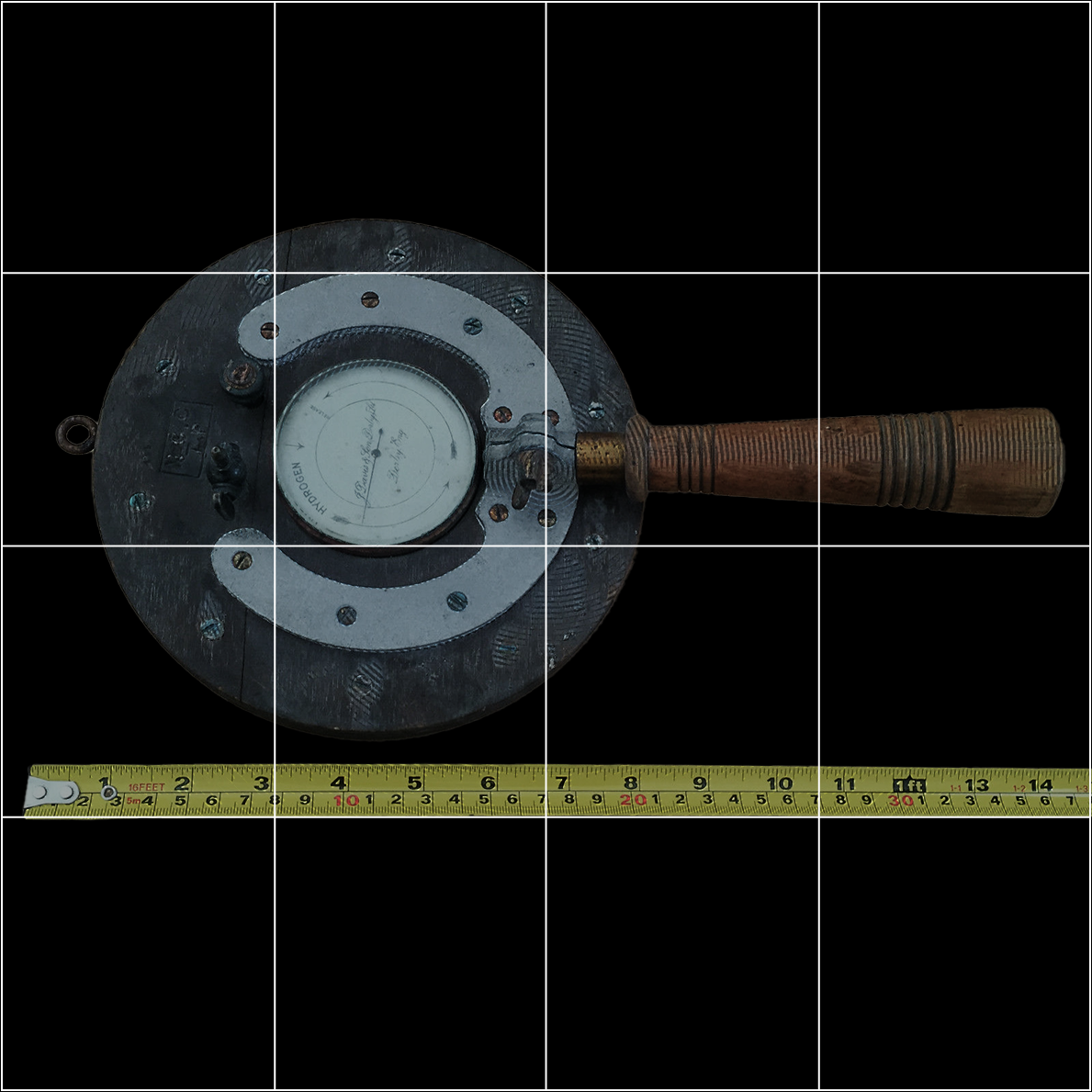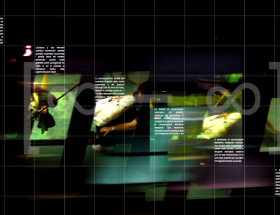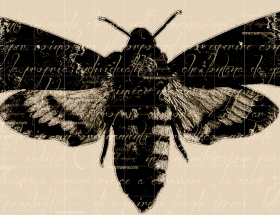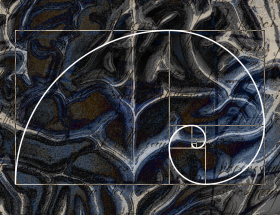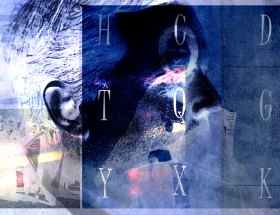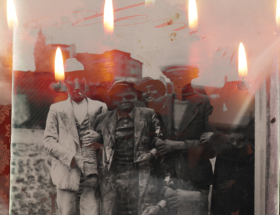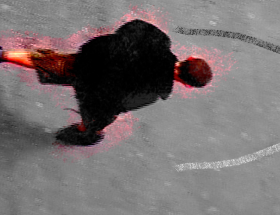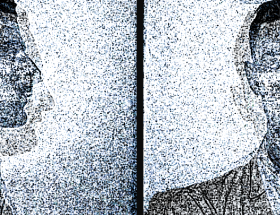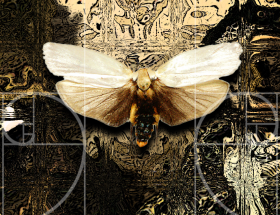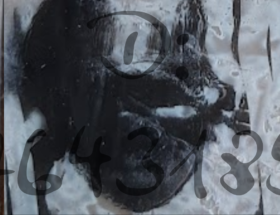The name of the method includes “prototype” and “conservative” to delimit the context of the research program, taken from Quirino Fulcanelli’s term “Additional conservative prototype” (1910). The inclusion of the development of “mapping” is necessary to highlight the scalar processes of this method, mapped processes that aim to provide both general and point contextual details during collection, analysis and exposition by means of data modeling. Contextually, the specific perspective of the complementarity of pivotal cores, spatially coplanar cores, will be addressed. The conservative prototype method explores the limits of the of the identity content analysis returned to the context expectation. A model of responding to the horizon of an indistinct, parceled doxa and gradually attempting to approach that horizon, it would dissolve thus declaring the content null.
The restitution of data is done through modeled iconic mapping. A representation that draws its setting from the “half-length portrait,” a theme that recurs in art history and expresses the intent to represent a human subject, its character, and its psychology.
The visual restitution of the emblematic connections, generated by the multiple arrangements of the cardinal cores, is intended to represent the use of practices shared by the communities, variously involved in the process, and the way in which the emerging symbologies perform unforeseen functions on the returned model with respect to the expectations of the horizon of opinions.
Through typical structure analysis, the causes of subjectivity’s deviations from the opinion horizon are identified and its cardinal cores are detected. Following the iconic portrait mapping approach, the prototype is defined for which the identification of possible conservation interventions is attempted. Adopting the modularity of the cardinal cores, the connections produced by specific sites of the response event to the influence generated by the public opinion horizon are analyzed, their interchangeability or uniqueness is verified.
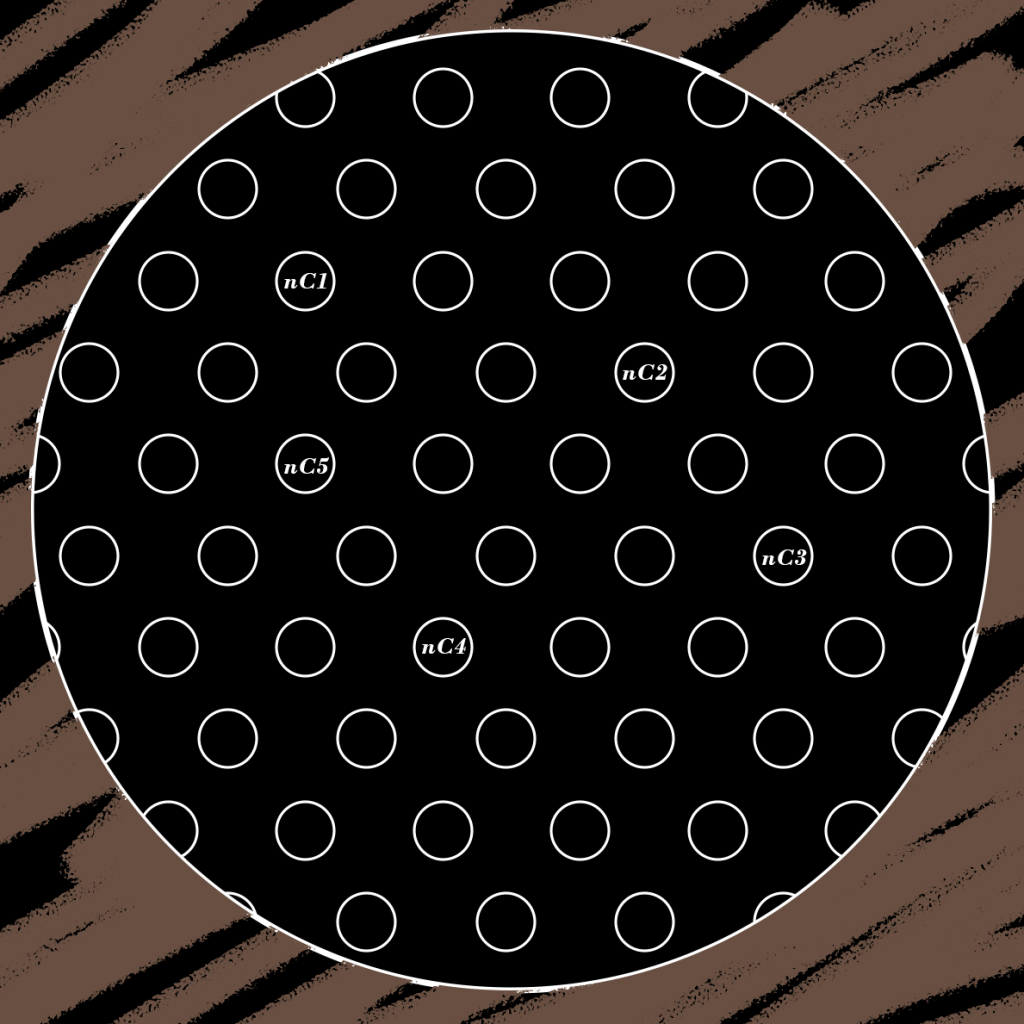
Mapping takes place along the anthropomorphic traits of aggregating, dynamic cores that progressively anchor semi-stable character formations lacking a recurring and predictable spatial location. Trajectories sufficiently close to a representational coherence are central to the collection and restitution in iconic form of the data under study.
Pattern-structured data are derived from ASCII conversion of source images that, through a process of positional search, have been implemented in raster space.
Thus the “persōna,” by abstraction individual singularity, emerges from specific parameters, reconstructs the fundamental unity that in identity meaning is self-contained. The visual representation of the character of a “persōna” is understood as a “conservative prototype.” Finally, groups of people are compared in a “set” or “repertoire.” The comparison method is a method for resolving perceptual connections that develop plots and circuits of systems of two or more relations between prototypes. The method searches for consistent and supervenient correlations, derived in both from the examination of one or more unknowns, e.g., feature x, as a function of the other, and in comparing the expressivities so found by obtaining a 1st degree equation between foundation cores, cores which, in the map derived, are understood as cardinal cores.
The initial state of the represented system can be described as an attempt to predict, with reasonable approximation, the general behavior and extent of current opinions, particularly relevant and referential ones, within the response narrative; a personal imagery returned by the character. The karst nature of ideological influences is expressed, it emerges, through a turbulence of the returned character, however, the currents not always unambiguous, appearing from time to time randomly significant within the conservative prototype. The exact position of any future feature, its more or less conventional consistency, is theoretically unpredictable in such a model.
The ACP (Additional conservative prototype) machine, also known as the Fulcanelli mechanism, is a prototype-detecting device originally dated between 1897 and 1910, while a study published in 2022 finds the initial calibration to be Dec. 1, 1902. It is believed to be the oldest known conservative prototype detector.
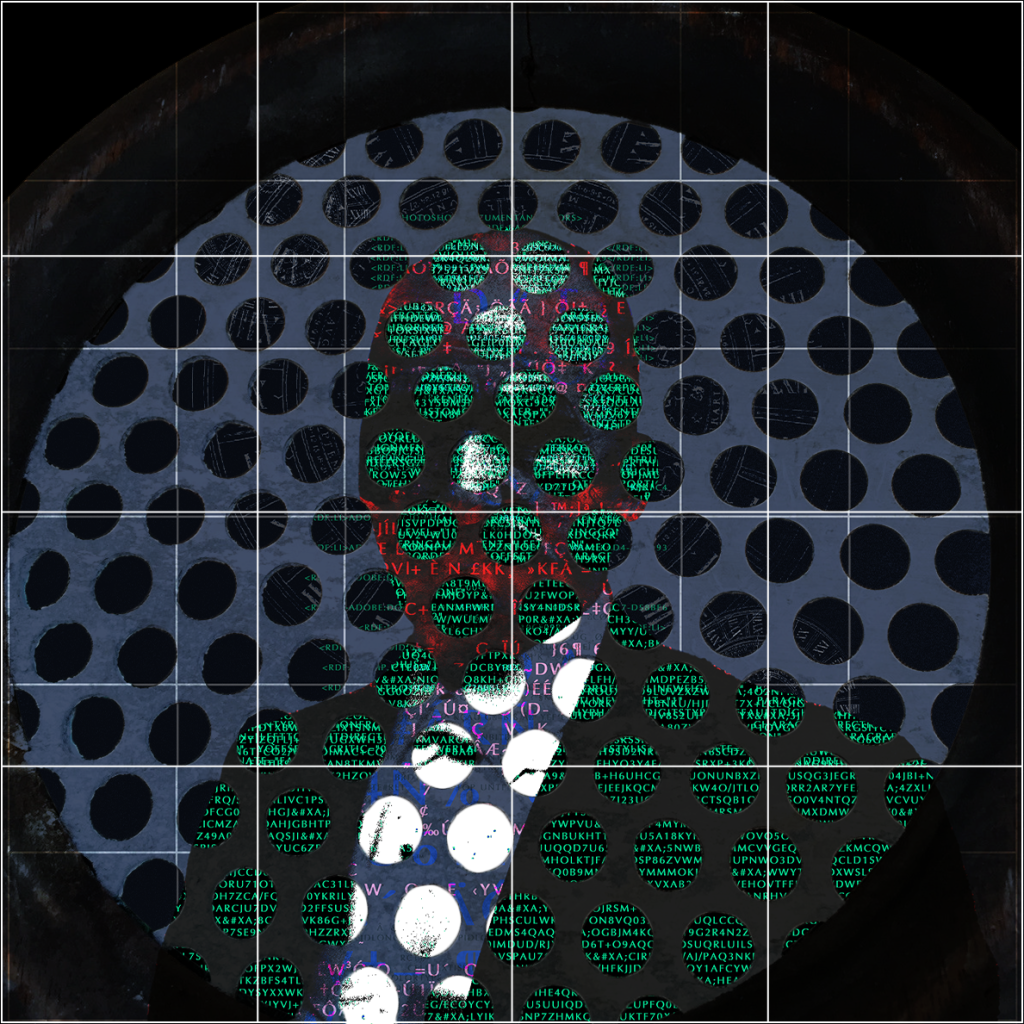
Prototypes may become even more exposed to reference system constraints in the case of unstable cardinal cores. Conversely, however, a prototype that settles on incontrovertible cardinal cores, thus impossible for modeling to predict evolution, would act in a condition of continuous loop and self-referent, positive feedback. Liminal margins, random, rejection boundaries, are the only ones that can engage the conservative prototype toward an uncommon experiential dimension.
In such cases, the action of an unpredictable event results in a series of semi-random trajectories toward the cardinal core system that add salient features of almost infinite complexity. A mapping, even of a simple relational portion containing a stochastic dimension, can give rise to congruous and fruitful patterns. Such patterns, when mapped in z, express emblematic salient traits through a variety of conservative prototypes.
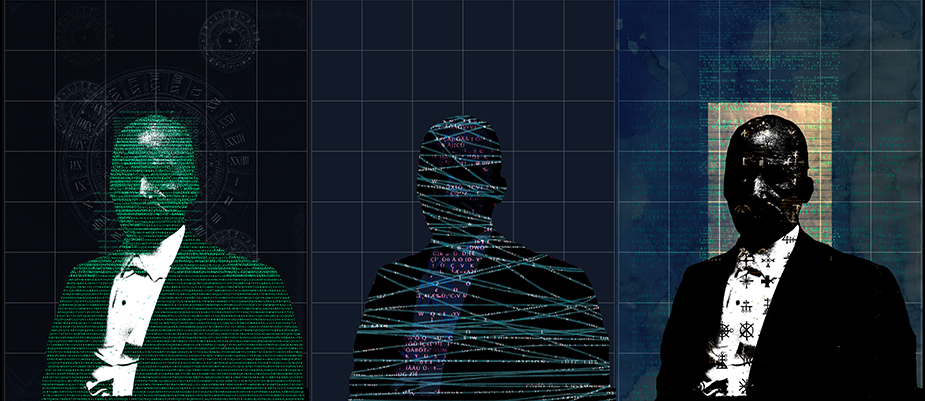
A system that takes into account the effectiveness of conservative prototypes and processes the indications deemed It is therefore necessary to devise a system that takes into account the effectiveness of conservative prototypes, processes the indications deemed significant on the main motivational projects and transforms them into applied actions. A generative follow-up to the project.
The attempt to address some traits, responsive to a surprise effect and perceived as fundamental, is certainly appreciable, but one must avoid forcibly seeking an expectation with respect to some desired themes. These themes would be unstable, becoming totally marginal.
............................................. ............................................. ............................................. ............................................. ............................................. ............................................. ..................:#######:.................. ................-###***==#@*................. ................=@########@@................. ................@@@@@@#@@@WW-................ ...............-@WWW#@WWWW@W+................ ...............:@@@@=@@@@@@@@................ ................=W@WWW@@@@@*................. .................#WW@WWW@W=.................. .................:WW@@WW@#=*................. .................*#WWW@=**@WW@=-............. .............:=@W@==*****#WWWWWWWW@*:........ ..........#WWWWW@==##***#WWWWWWWWWWWWWW@-.... .........=WWWWWW=******=WWWWWWWWWWWWWWWWW:... ........+WWWWWW@******=WWWWWWWWWWWWWWWWWWW... ........@WWWWWW=******@WWWWWWWWWWWWWWWWWWW=.. .......*WWWWWW@=*****#WWWWWWWWWWWWWWWWWWWWW-. ......-WWWWWW@=******WWWWWWWWWWWWWWWWWWWWWW@. ......*WWWWWW#****#=@WWWWWWWWWWWWWWWWWWWWWW@. ......+WWWWWW#==***=WWWWWWWWWWWWWWWWWWWWWWWW. ......WWWWWW@=*****#WWWWWWWWWWWWWWWWWWWWWWWW. .....-WWWWW@##=#=**WWWWWWWWWWWWWWWWWWWWWWWWW.


